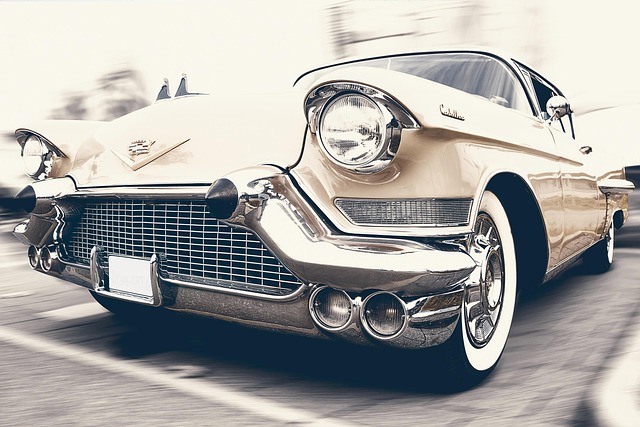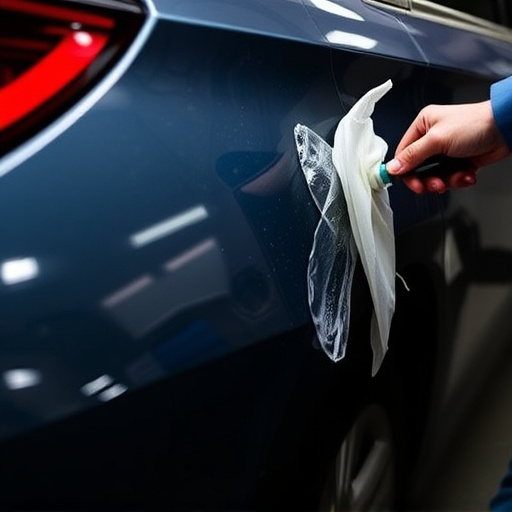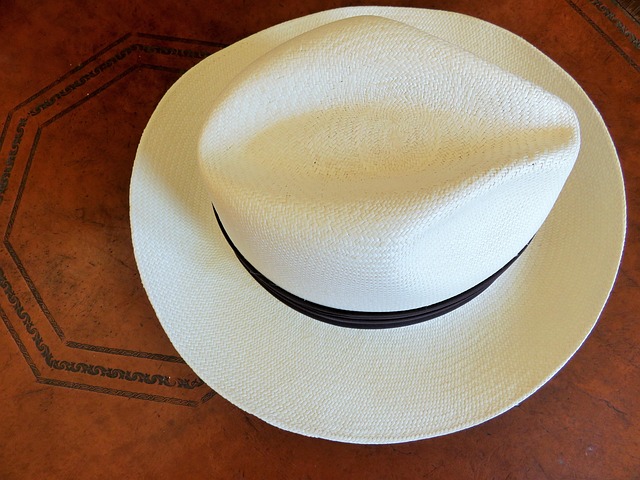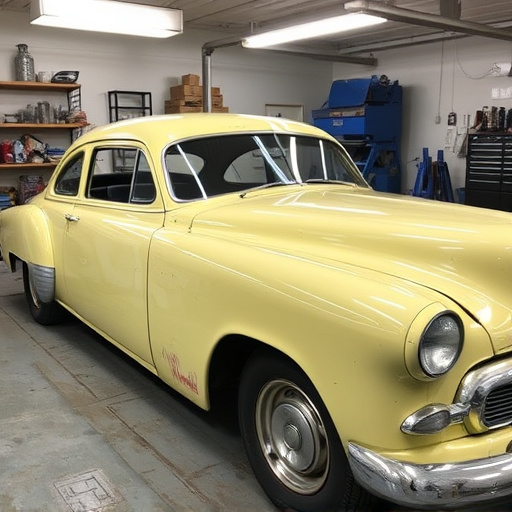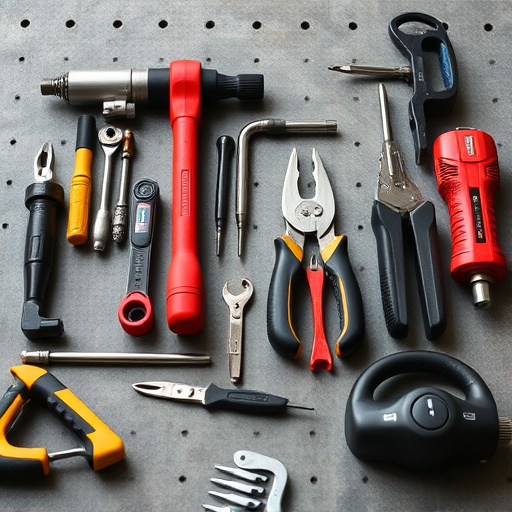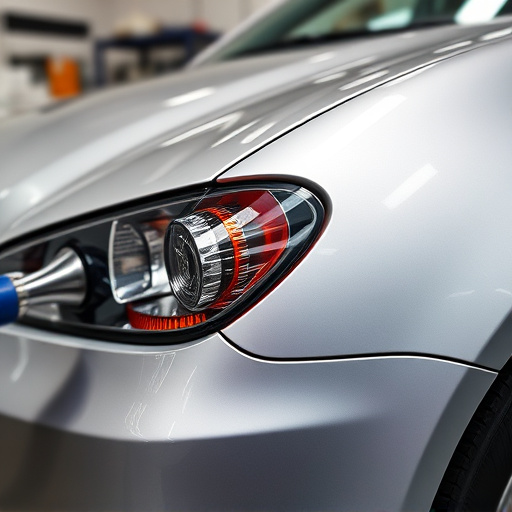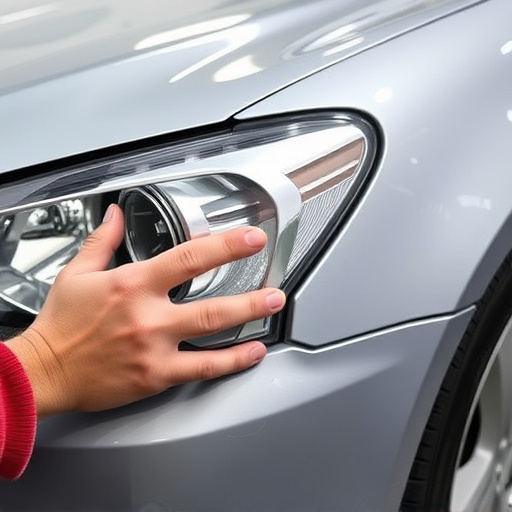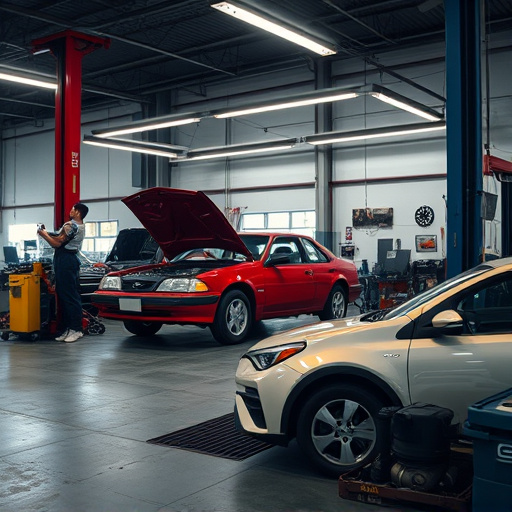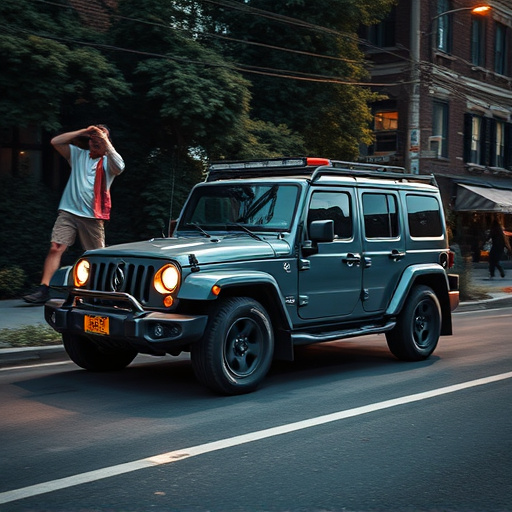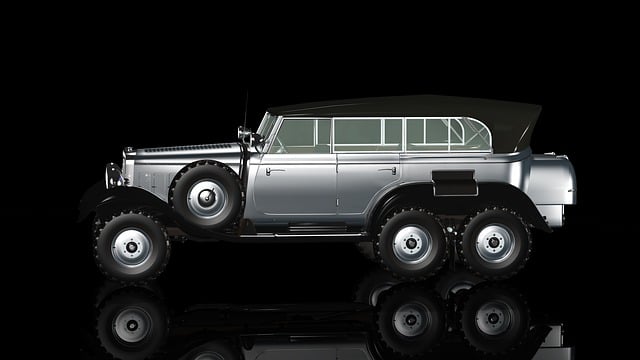Vintage auto body repair combines skill and sensitivity to maintain original integrity and aesthetic. Modern techniques like PDR minimize disruption to unique contours, while meticulous research ensures accurate restorations using period-correct materials. Specialized tools, hand tools, and specific paint formulas preserve historical integrity, transforming damaged vehicles into stunning, timeless classics.
The art of vintage auto body repair is a meticulous dance between preserving history and restoring beauty. As classic cars gain prominence, mastering these techniques becomes essential for enthusiasts and professionals alike. This guide explores the delicate balance involved in keeping these historic vehicles on the road. From understanding the unique tools and materials to mastering painting and finishing, discover the steps to successfully restore vintage autos while honoring their past.
- Preserving Historic Vehicles: Techniques for Success
- Tools and Materials: A Guide to Vintage Repair
- Restoring Beauty: Painting and Finishing Tips
Preserving Historic Vehicles: Techniques for Success
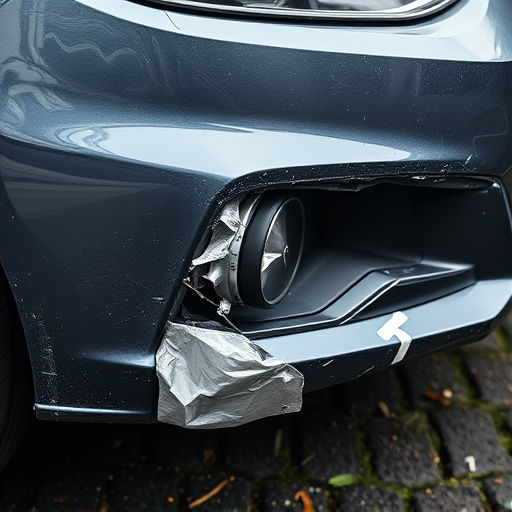
Preserving historic vehicles requires a unique blend of skill and sensitivity. The goal is not just to fix, but to maintain the original integrity and aesthetic of these timeless classics. In vintage auto body repair, techniques have evolved to balance modern restoration methods with preserving historical accuracy. This involves meticulous research into original parts, finishes, and construction techniques specific to each era.
One successful approach in collision repair for vintage cars is paintless dent repair (PDR), which minimizes the use of sandpaper and repainting. PDR techniques allow restorers to work around the car’s unique contours and delicate finish, ensuring a more authentic restoration. Additionally, using period-correct materials, down to the type of glue and fasteners, ensures that every detail aligns with the vehicle’s original state, making it a valuable skill in the car restoration process.
Tools and Materials: A Guide to Vintage Repair
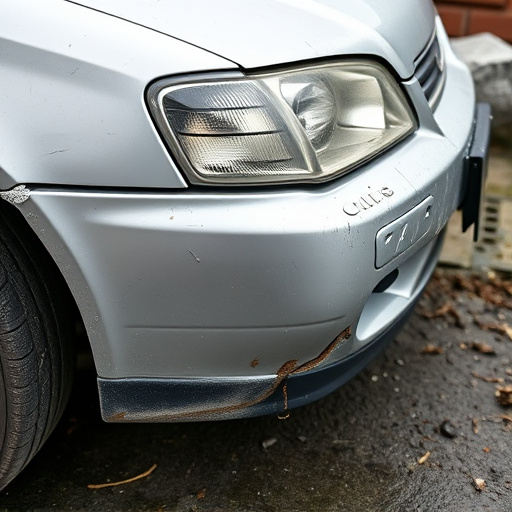
When it comes to vintage auto body repair, the right tools and materials are essential for achieving that timeless, original look. For starters, traditional methods often involve hand tools like hammers, chisels, and putty knives, which allow for precise control during dent removal and panel shaping. These manual approaches ensure a meticulous finish, respecting the car’s historical integrity.
In terms of materials, classic car paint repair requires specific formulas and techniques to match the original shade accurately. Old-school methods prefer organic compounds like bondo or putty for filling dents, which can be sculpted and sanded to perfection. Additionally, auto glass repair in vintage vehicles necessitates locating period-correct glass types, ensuring a secure fit that retains the car’s authentic aesthetic.
Restoring Beauty: Painting and Finishing Tips
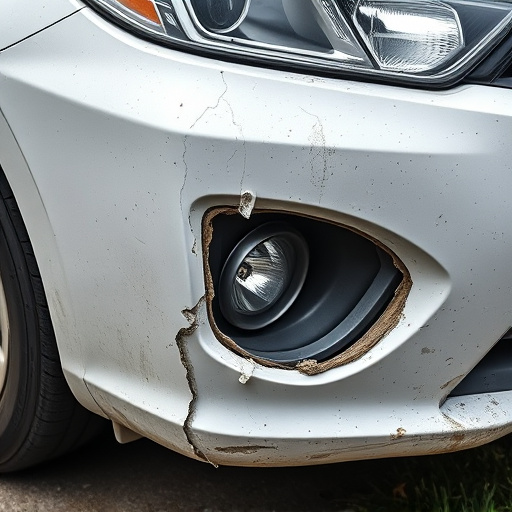
Restoring a vintage automobile involves more than just fixing mechanical parts; it’s about breathing new life into its exterior, revealing its former glory. Painting and finishing are crucial aspects of this process, as they transform a damaged vehicle into a stunning classic. When tackling vintage auto body repair, remember that achieving an authentic, high-quality finish requires careful consideration.
Start by thoroughly preparing the surface, ensuring it’s clean, smooth, and free from any debris or existing paint issues. Sanding is often necessary to create a uniform base for new paint. For vintage cars, choosing the right color match is essential; research original factory colors or consult with experts who specialize in antique automotive repair. Modern painting techniques can enhance durability, so consider using advanced primers and finishes designed for classic vehicles. Remember, each stroke of the brush brings your restoration one step closer to a breathtaking, meticulously restored vintage auto.
Vintage auto body repair is a meticulous art that demands patience, skill, and a deep appreciation for historical vehicles. By combining traditional techniques with modern tools and materials, enthusiasts can preserve these classic cars for future generations. Through proper preservation, restoration, and attentive finishing, the process of vintage auto body repair not only restores beauty but also ensures these timeless machines continue to inspire and captivate.
